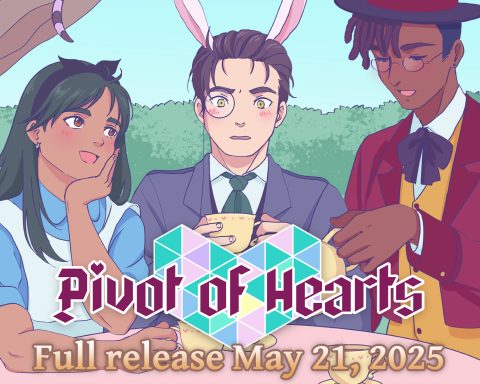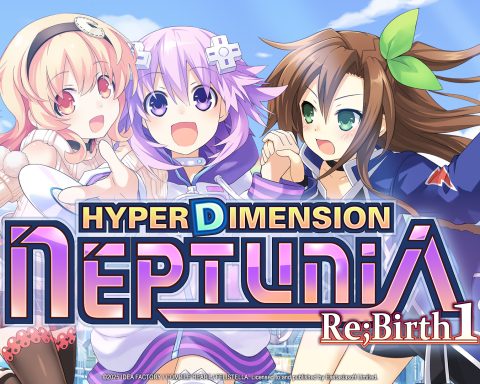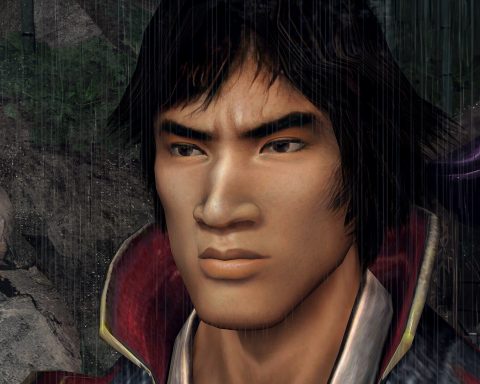Retailers in the games industry have it tough. Because games are a commodity, the only real way they can compete with one another is by price, and throw in online retailers and digital distribution channels, and their margins are hit even harder. While there’s the occasional attempt to modernise the in-store experience, the fact remains that games retailers are being driven down two paths – slash the price on new games, and supplement the income with pre-owned games.
Latest Articles
Set in contemporary São Paulo, visual novel Pivot of Hearts explores the idea that love doesn’t…
I had no idea that Amerzone existed until about ten minutes before I was playing it.…
Idea Factory International announced a while ago that it is publishing the Hyperdimension Neptunia Re;Birth trilogy…
Most people would tell you that of all the Onimusha titles (which are, sadly, too few),…
Welcome to Digitally Downloaded’s weekly catch-up news feature, the catch-up coffee. I will bring you the…






